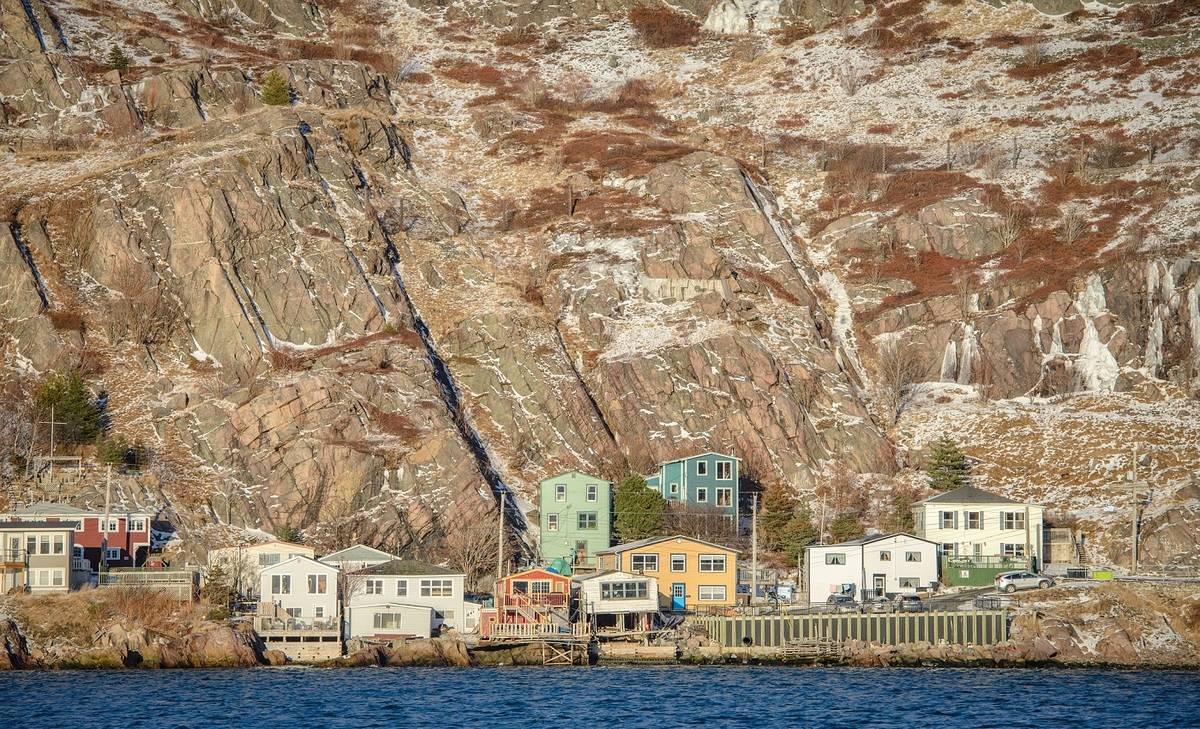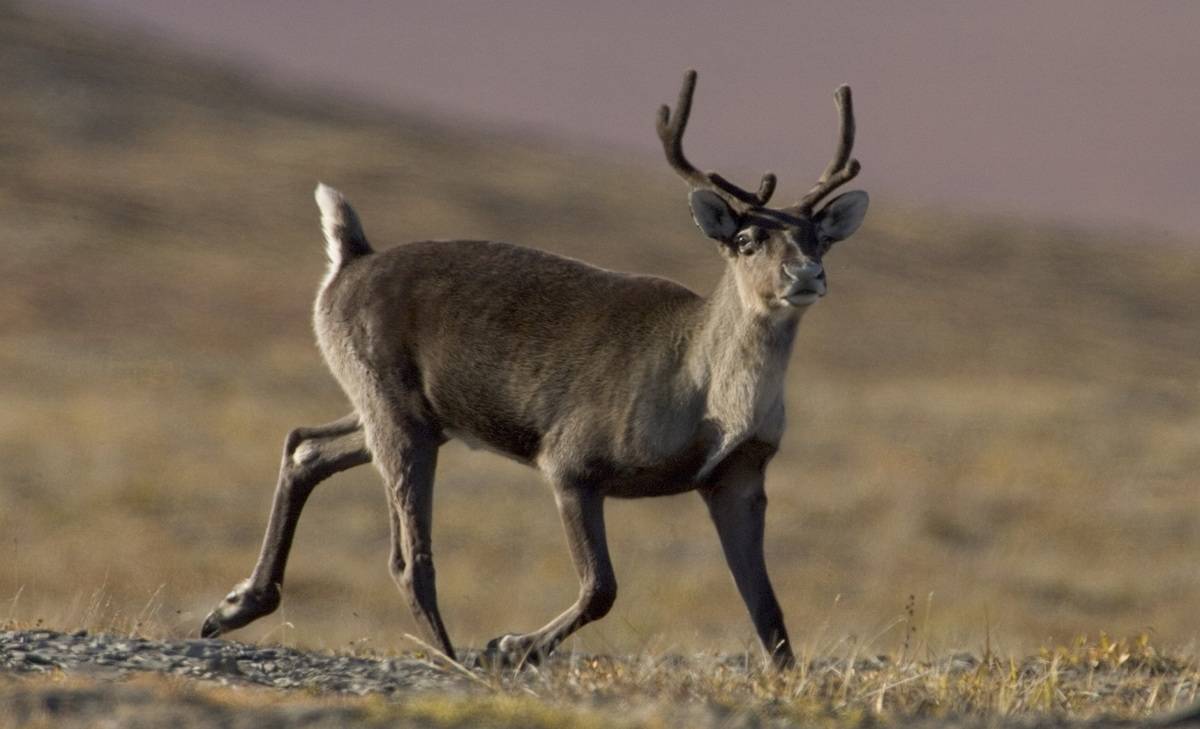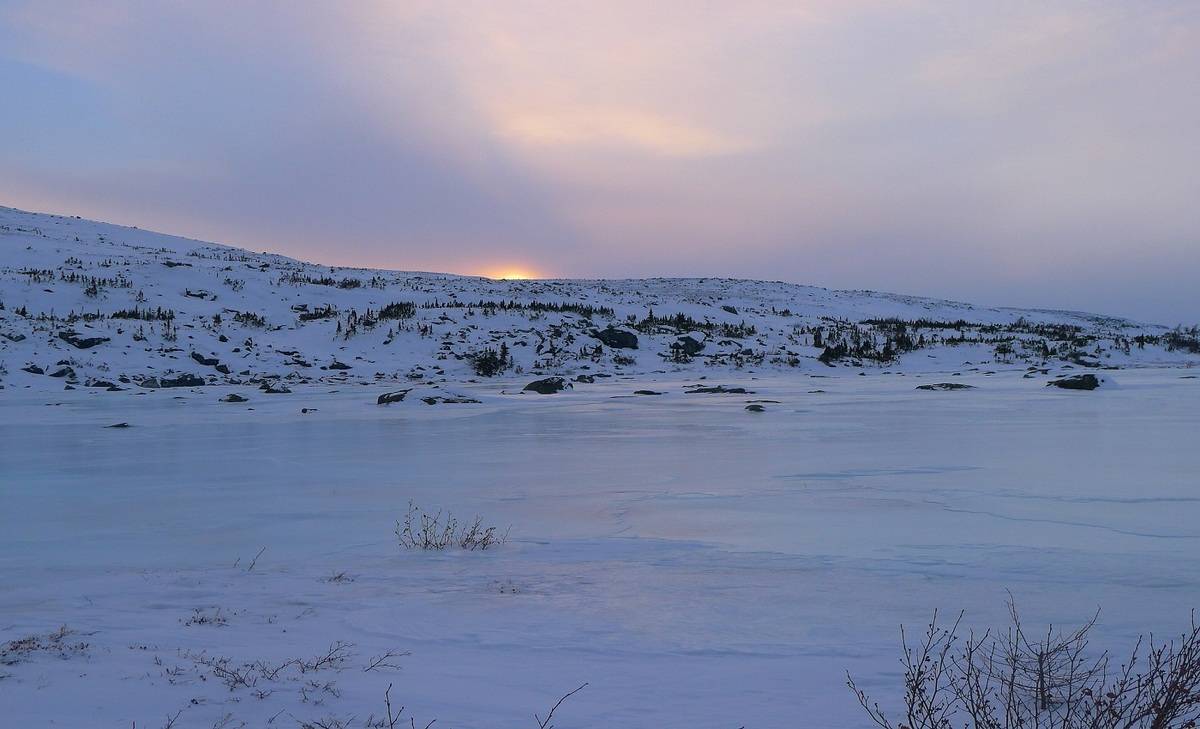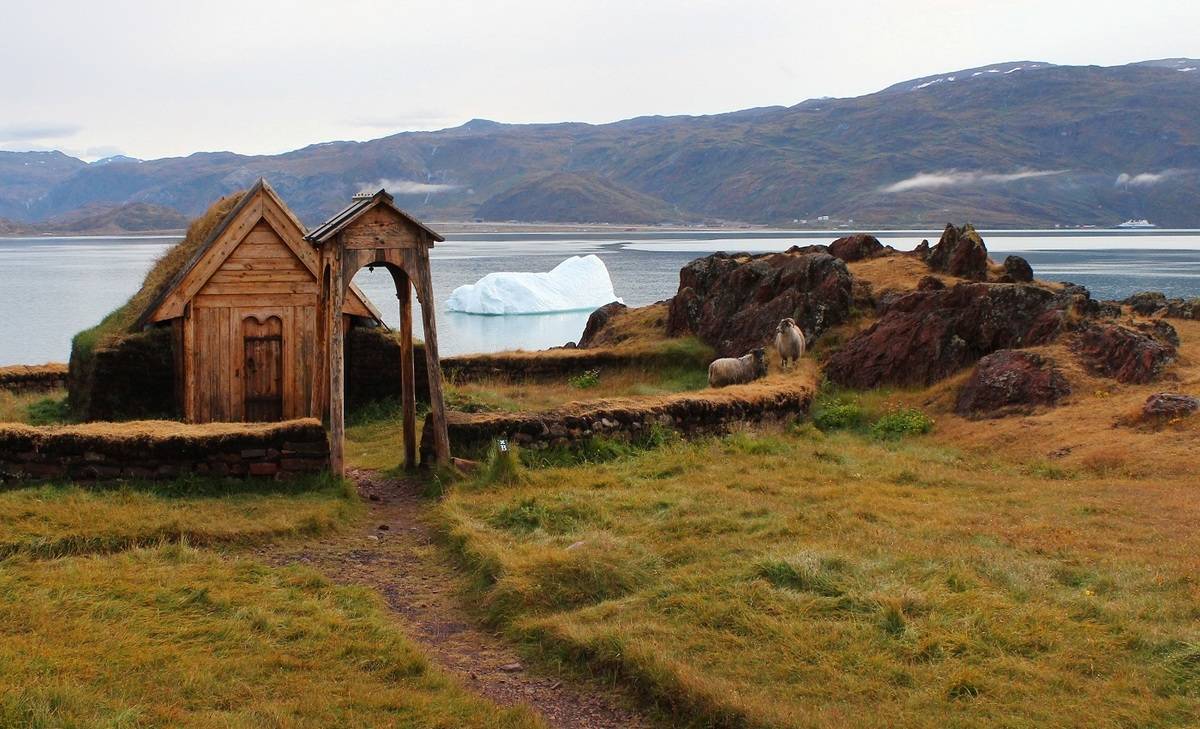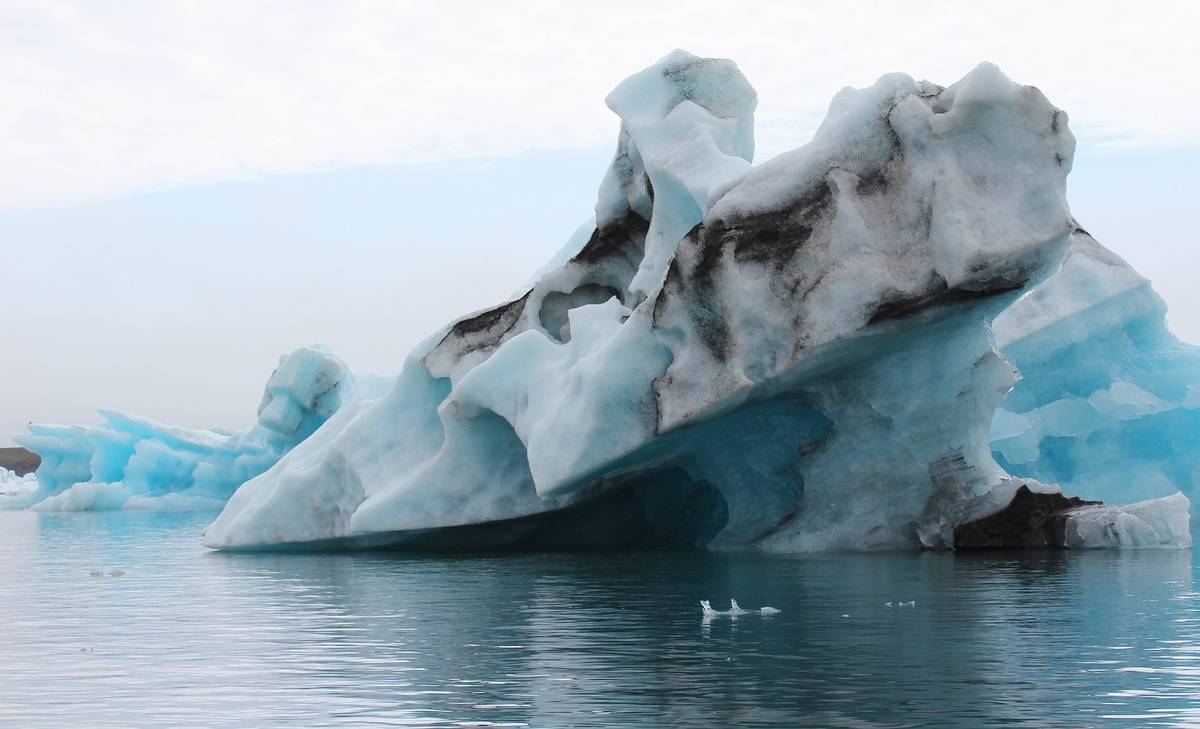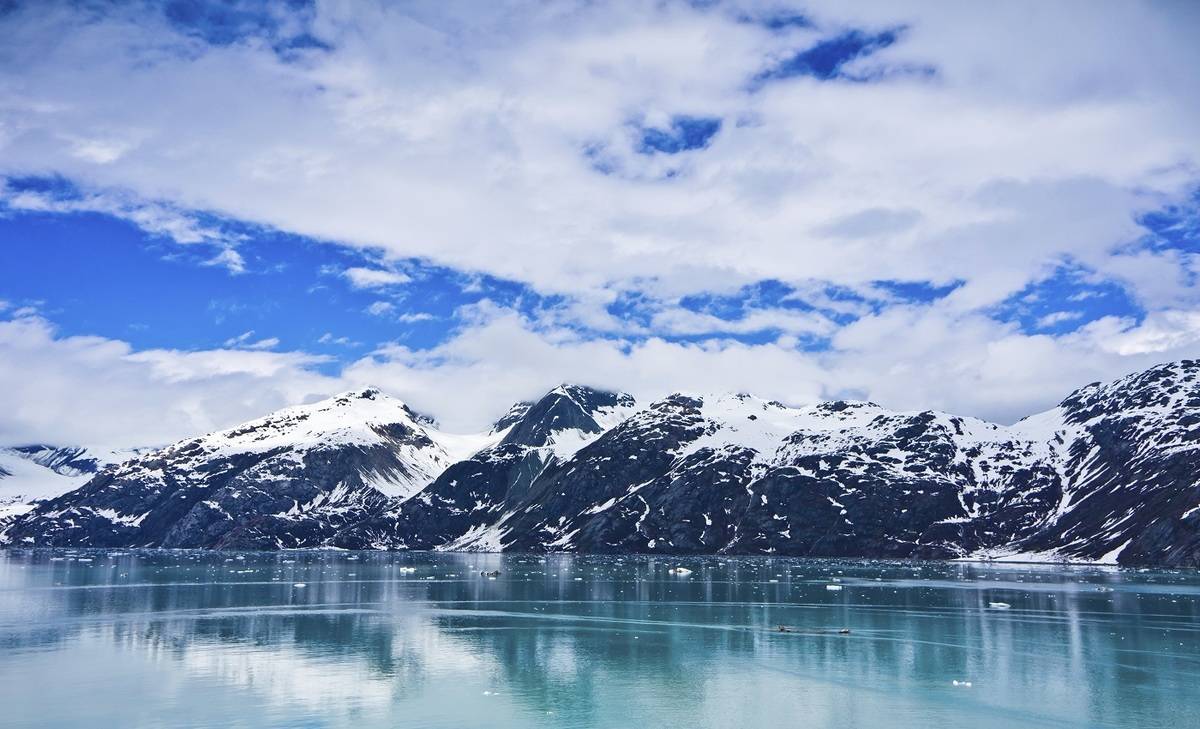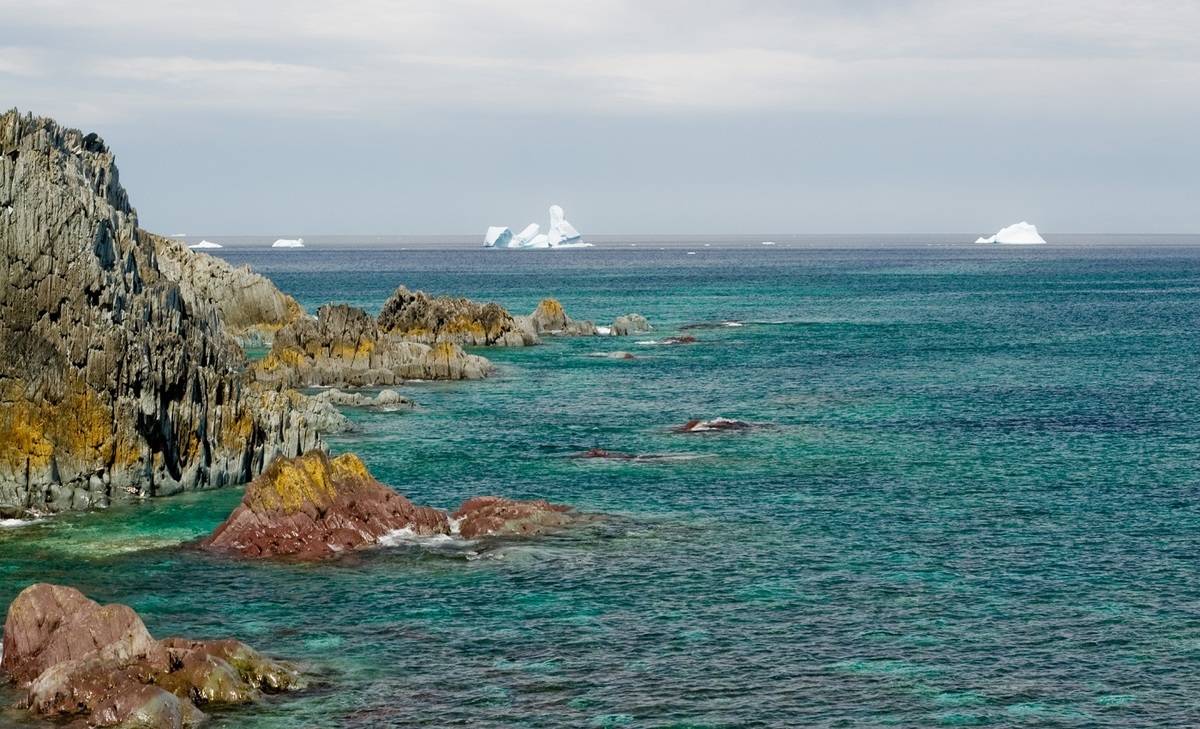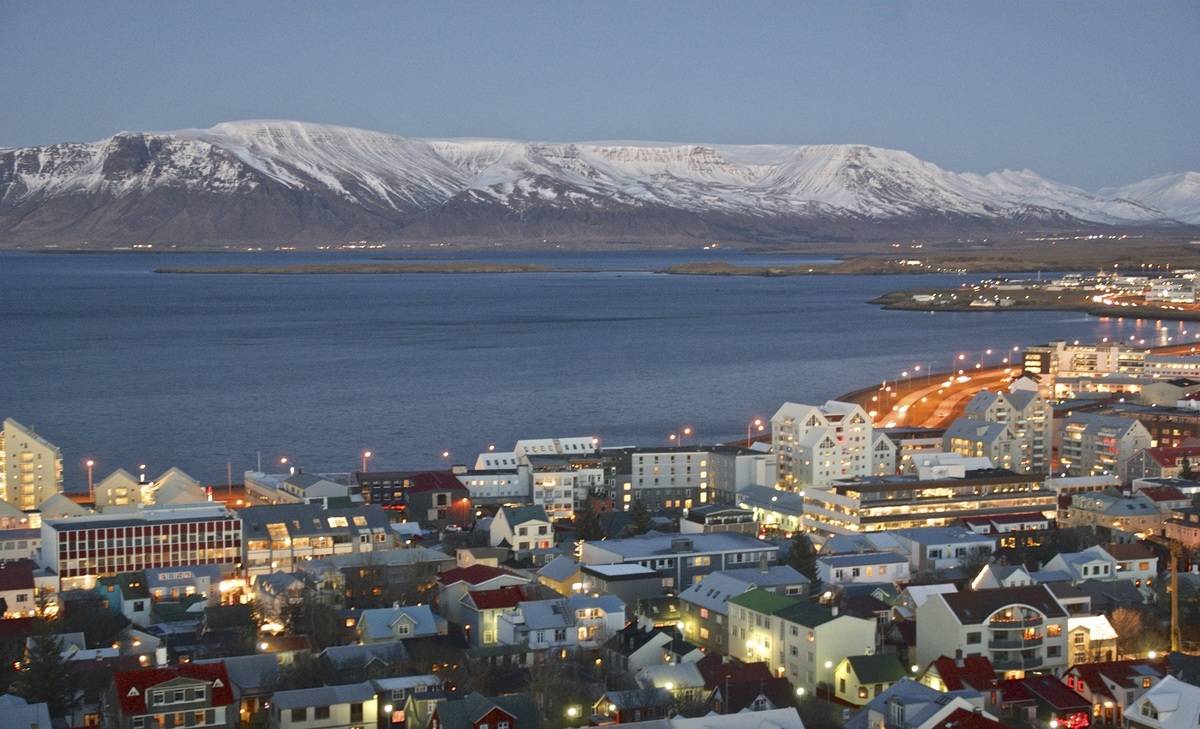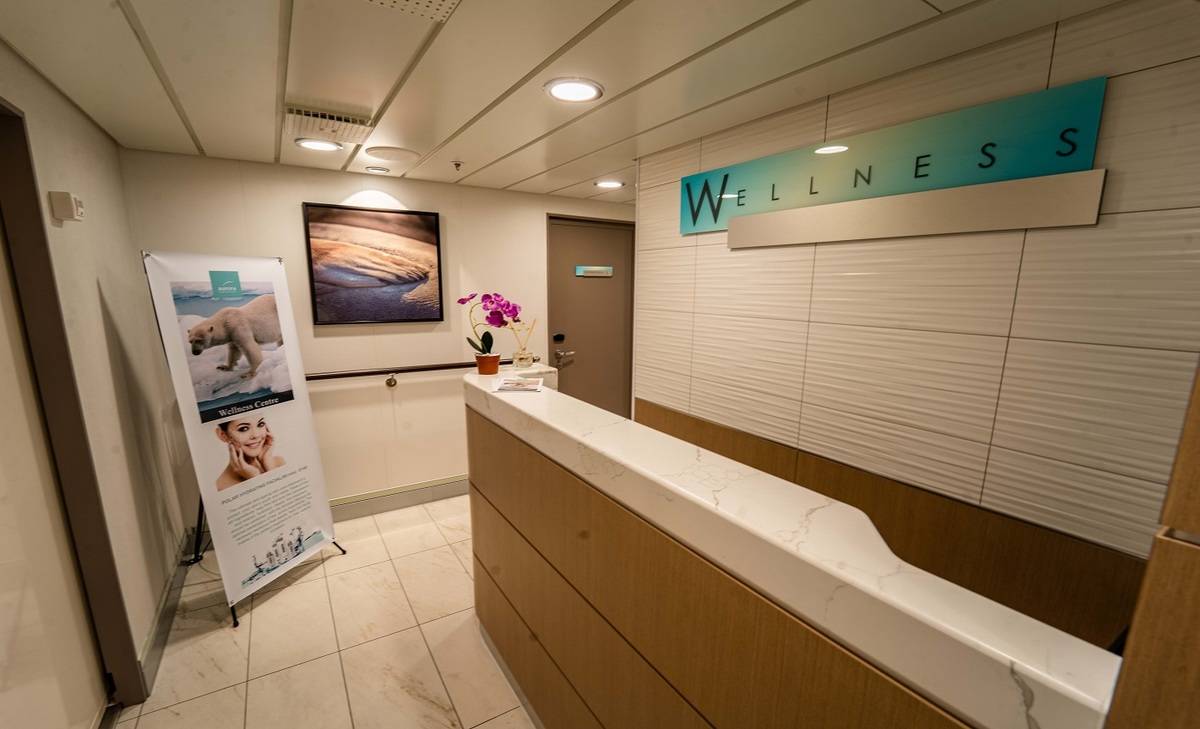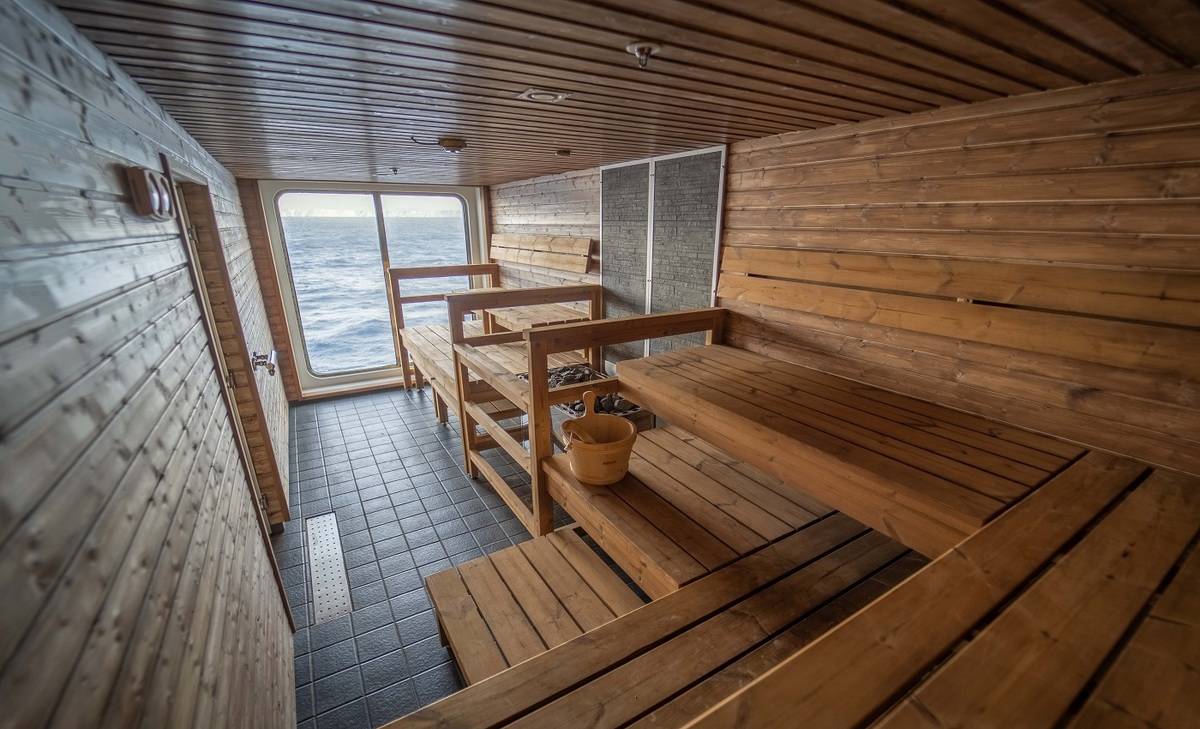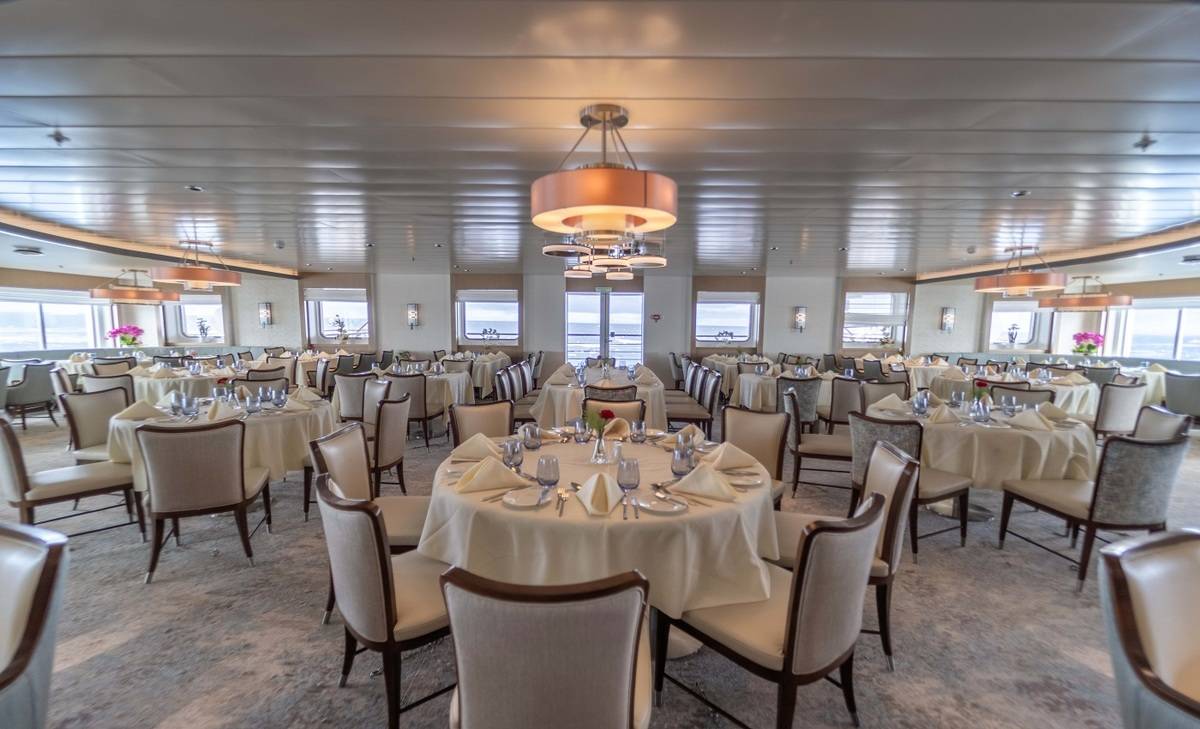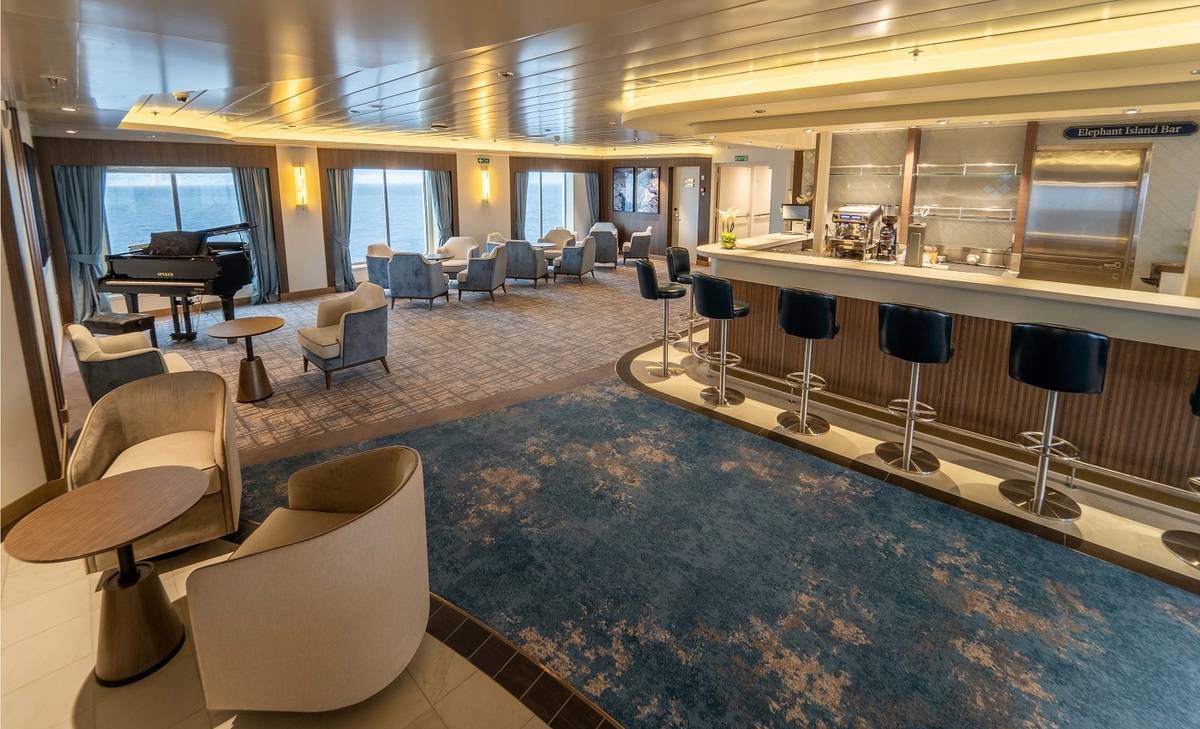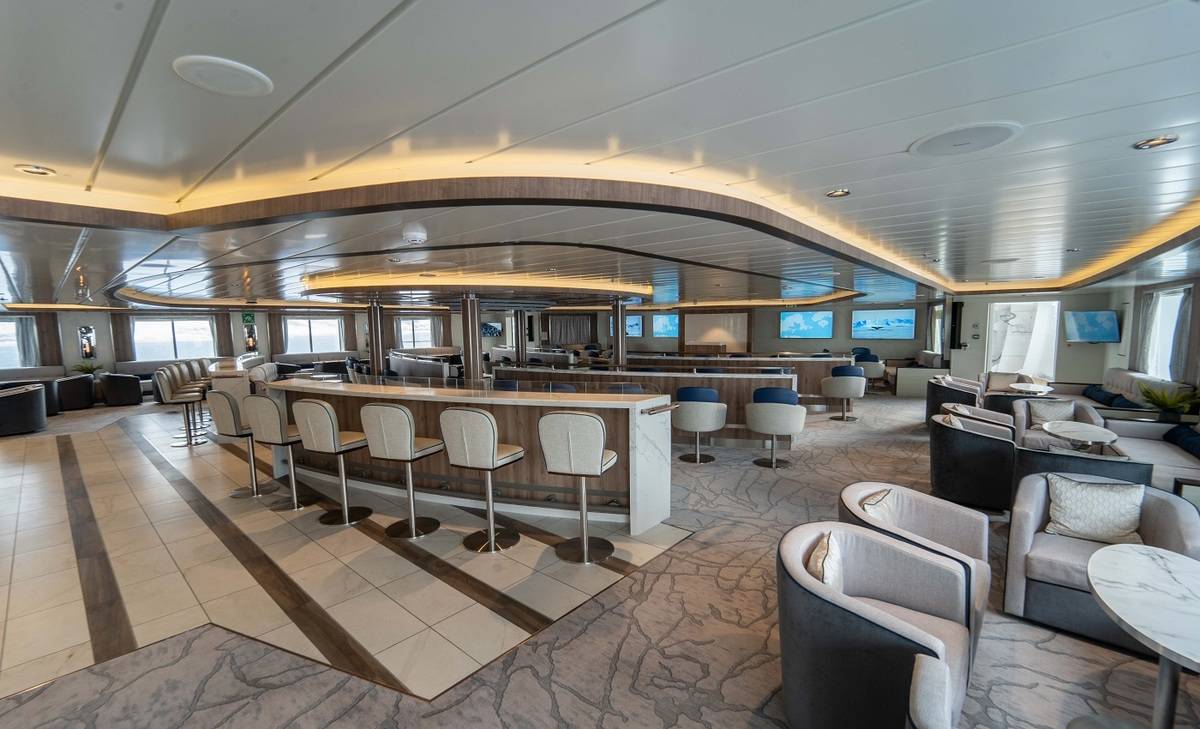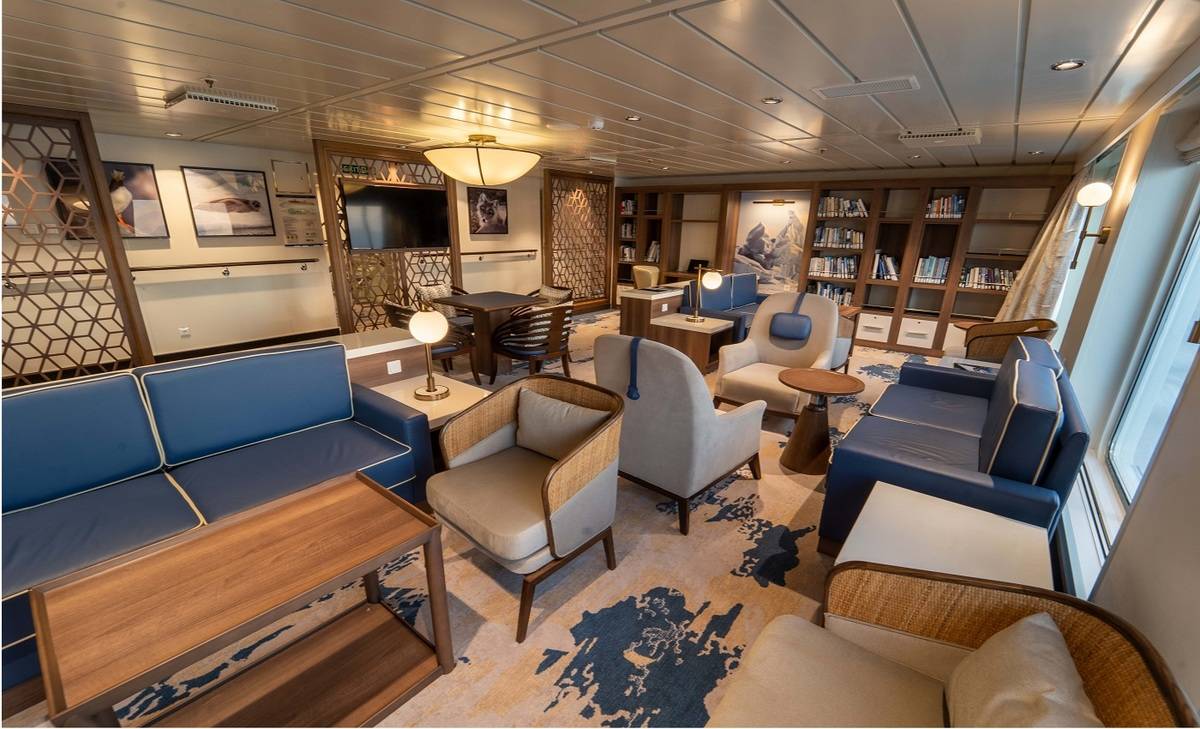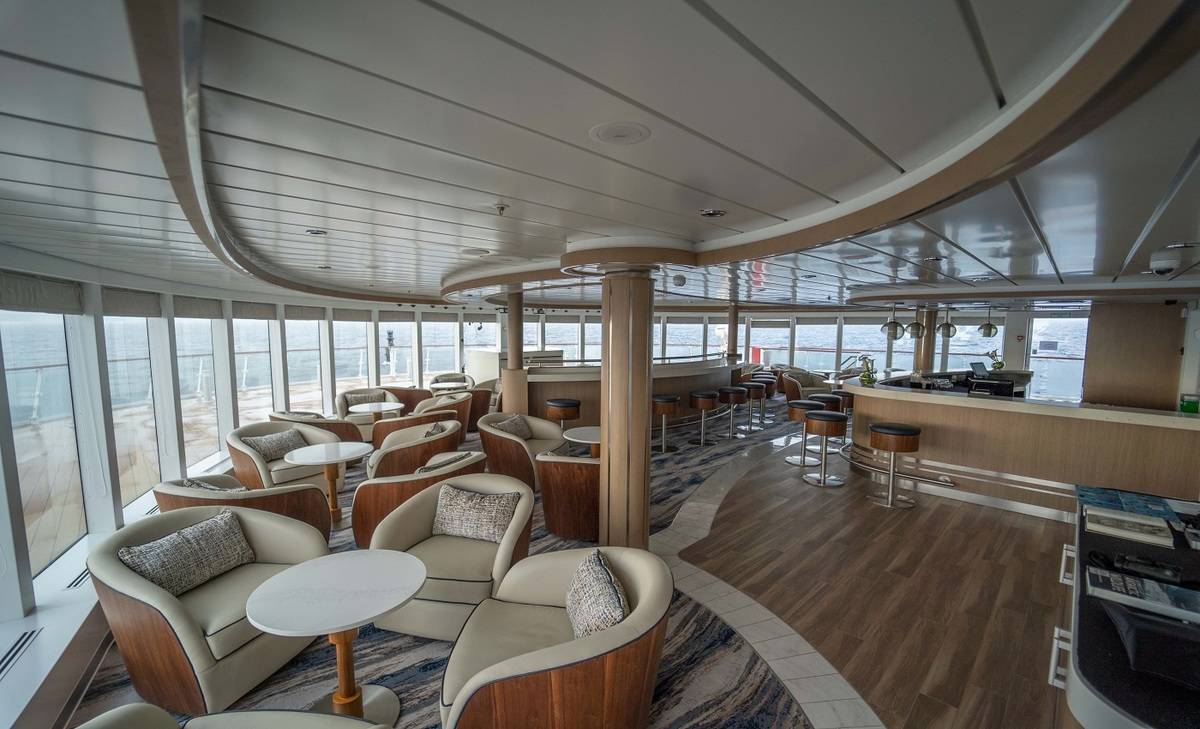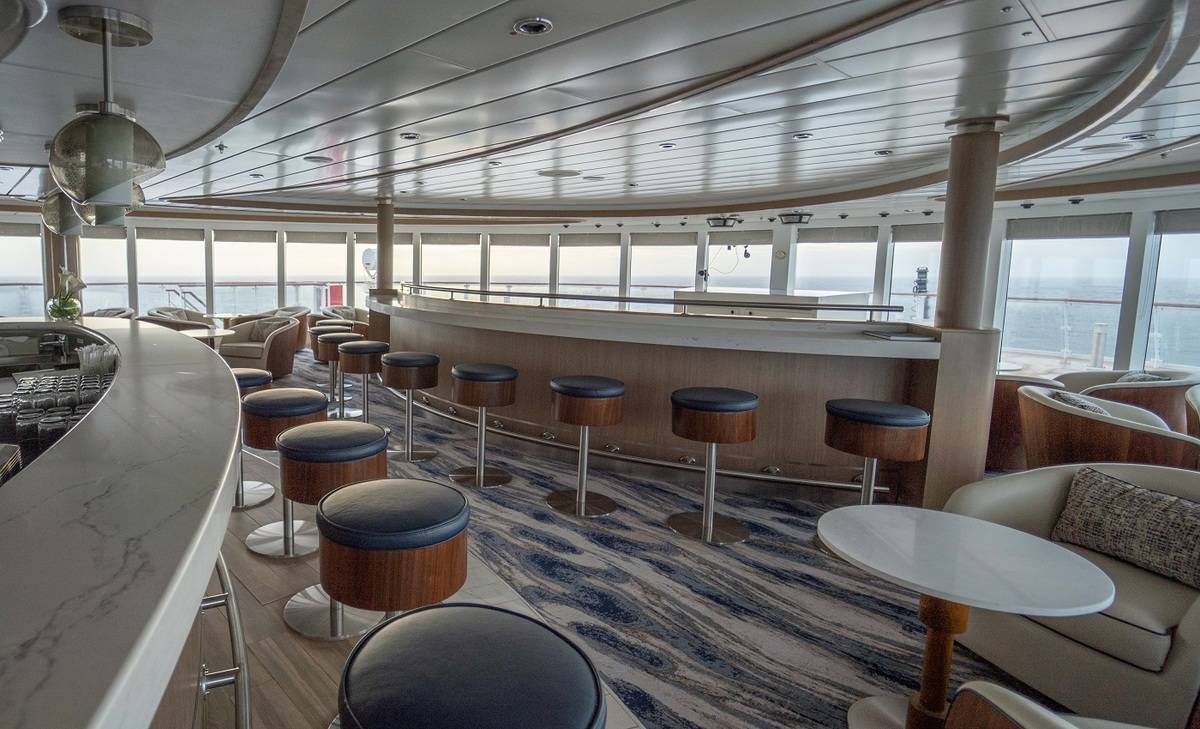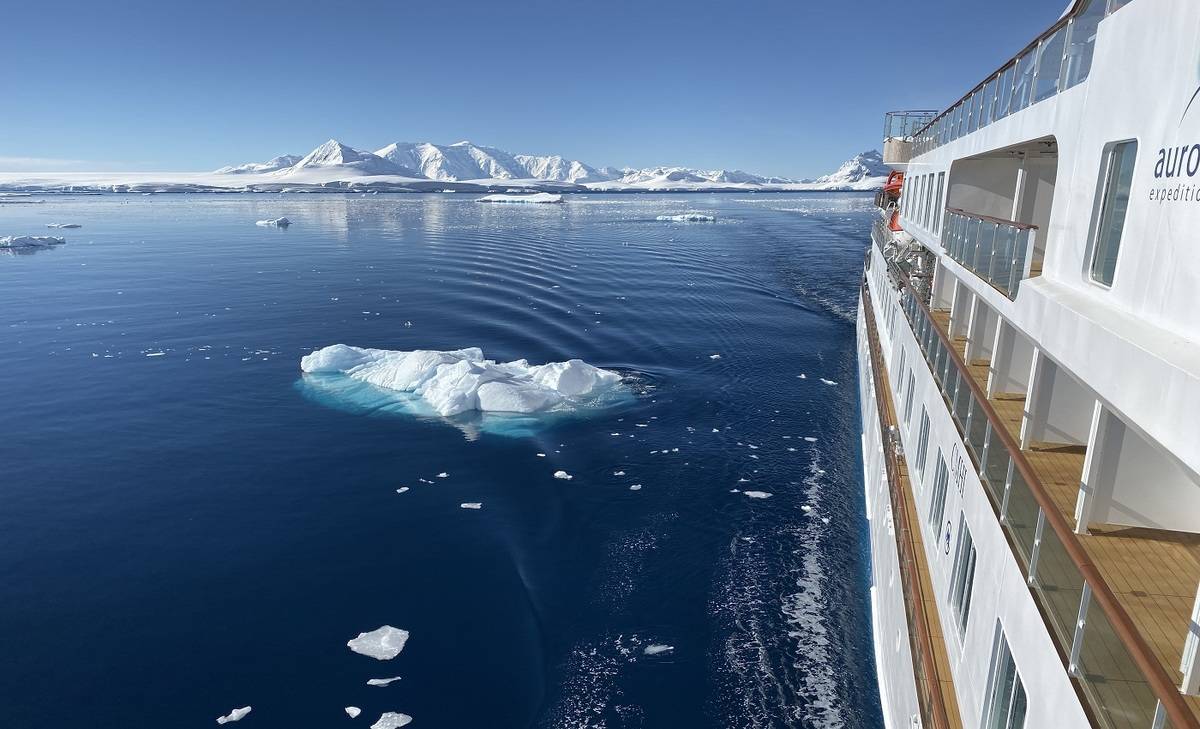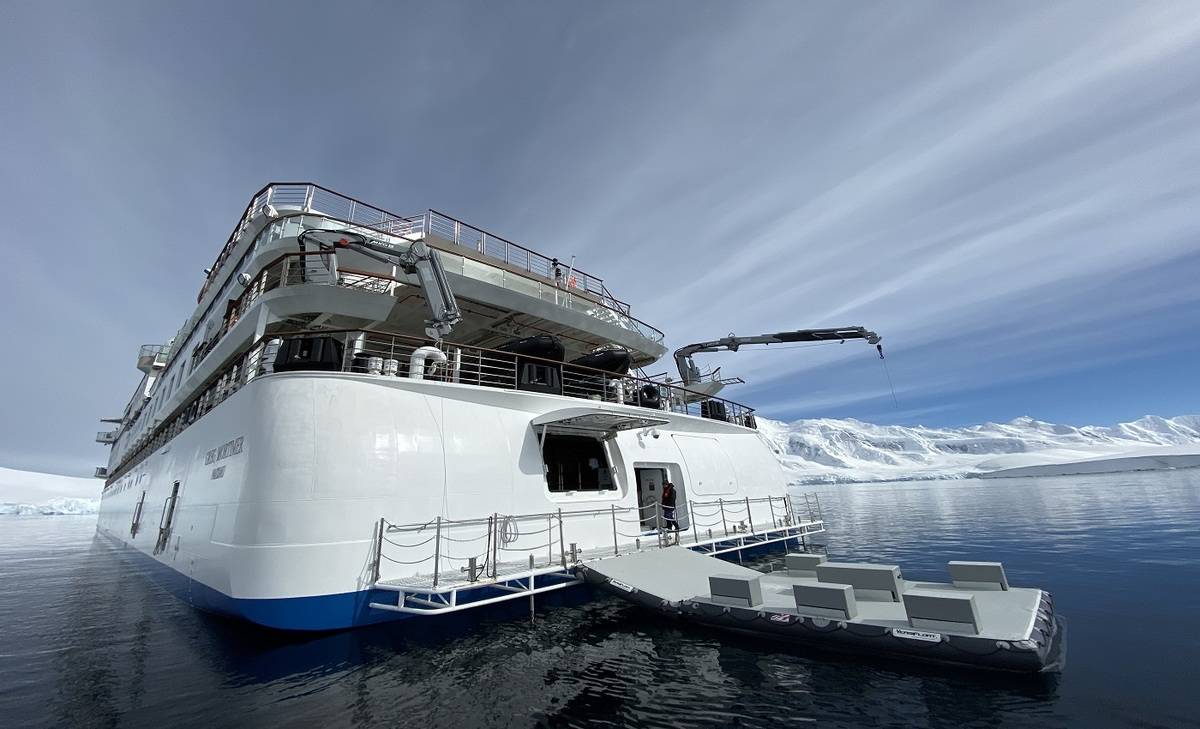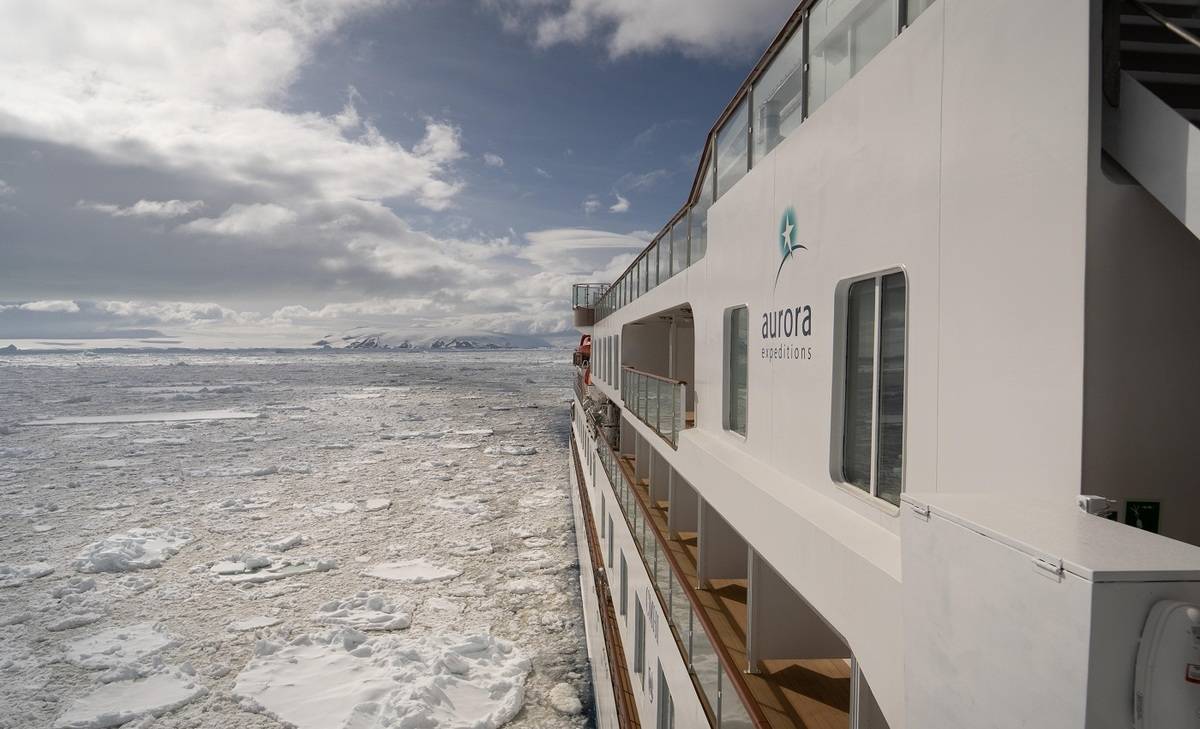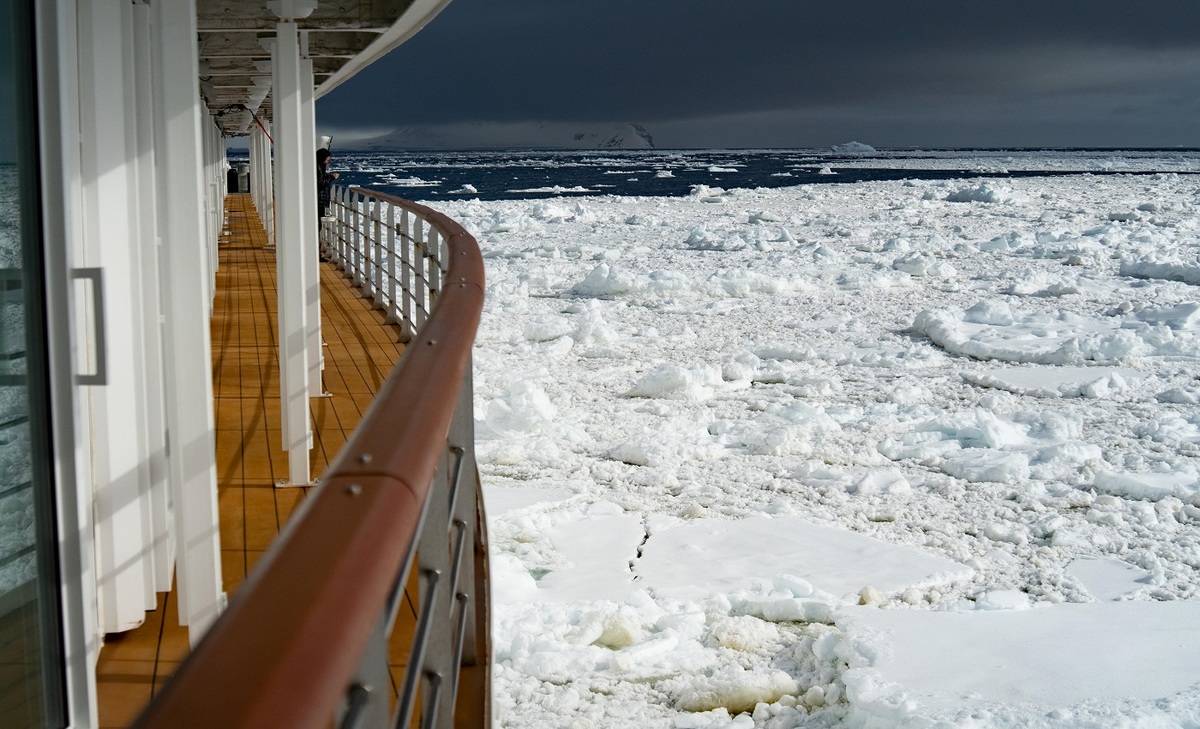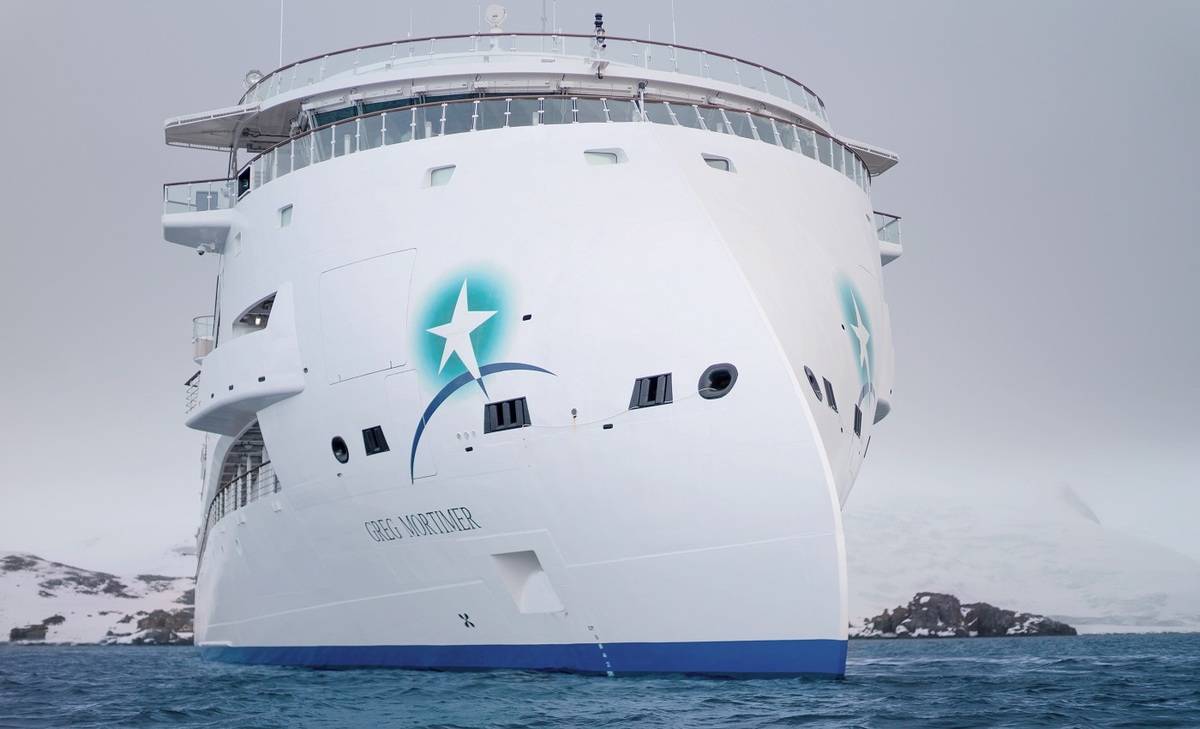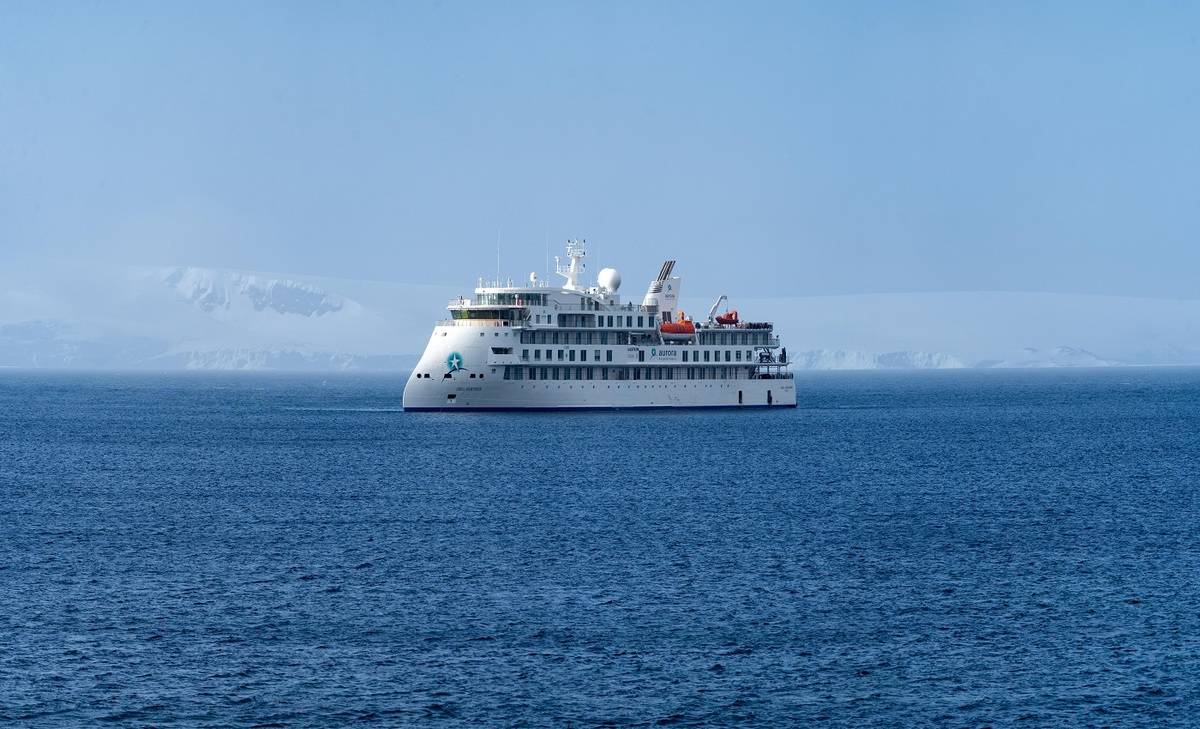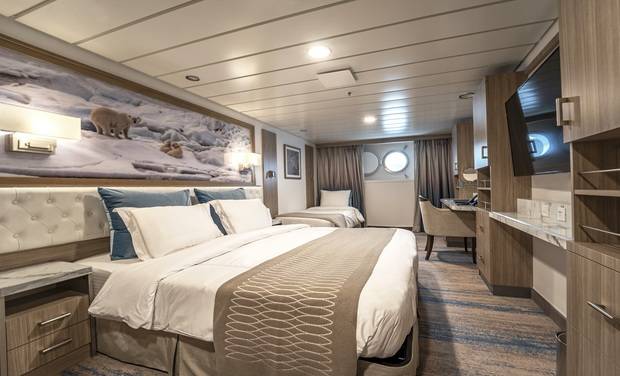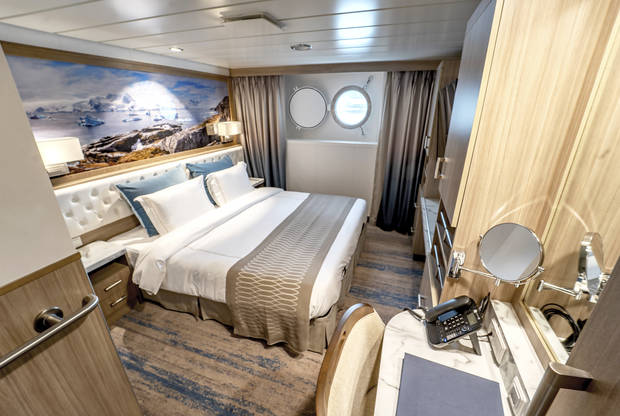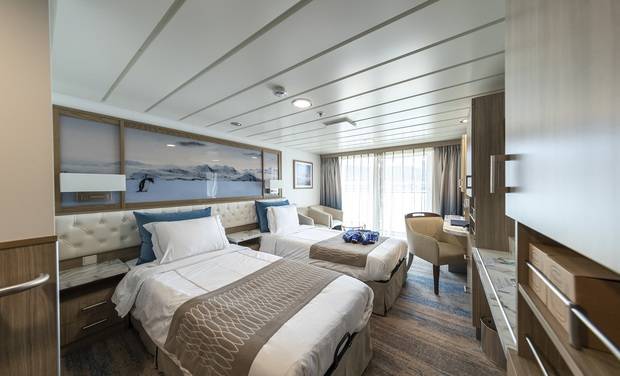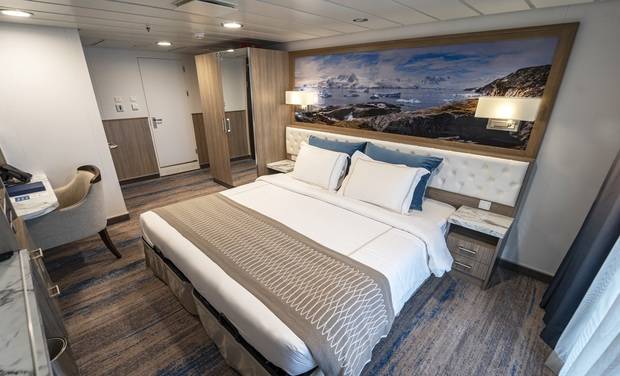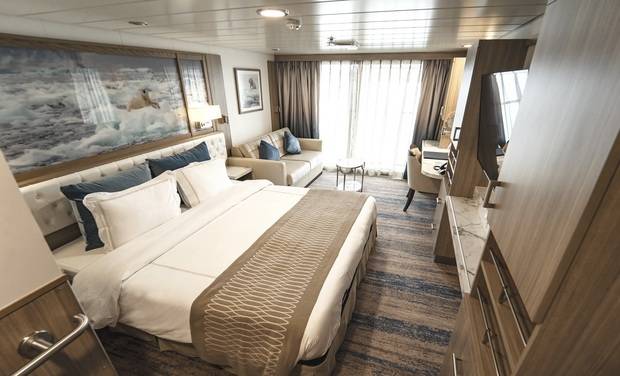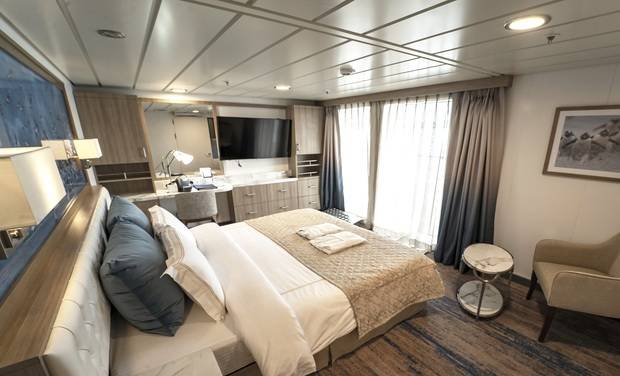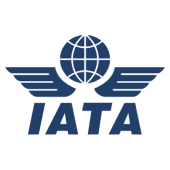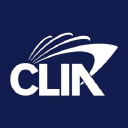Greg Mortimer: Iceland, Greenland & East Canada
21 Days - Greg Mortimer
This rare, adventurous expedition traverses three enigmatic coastlines, offering a unique insight into the vibrant Inuit and Viking history of the North Atlantic, and the possibility of witnessing the northern lights. Zodiac cruise the remote south coast of Iceland, home to the largest Atlantic Puffin colony in the world and keep watch for whales and seals in their summer feeding grounds. Enjoy a traditional Kaffemik with friendly Inuit locals in southern Greenland and discover the magnificent Torngat Mountains National Park in Canada.
from USD $11200 $10795pp
Select cabins apply. Subject to availability.
Terms and conditions apply. Subject to availability. Cannot be combined with other offers.
Home » Greg Mortimer: Iceland, Greenland & East Canada
Itinerary Highlights
- Enjoy thrilling Zodiac cruises and keep an eye out for whales, caribou, and nesting bird colonies
- Hike through remote Inuit land while looking out for polar bears
- Experience dramatic scenery of Torngat Mountains National Park
- At L’anse Aux Meadows, visit the remains of 11th-century Viking settlement
- Kayak amongst South Greenland’s most spectacular fjords and glaciers
- Maybe spot Aurora Borealis in South Greenland and northeast Canada!
Itinerary in Brief
- Day 1: Reykjavik, Iceland
- Day 2: Embark in Reykjavik
- Day 3: Westman Islands, Iceland
- Days 4-5: At Sea
- Day 6: Prince Christian Sound, Southeast Greenland
- Day 7: Tasermiut Fjord, Klosterdal, Nanortalik, South Greenland
- Day 8: Narsarsuaq and Uunartoq, South Greenland
- Day 9: Hvalsey Church Ruin & Qaqortoq, South Greenland
- Days 10-11: At Sea
- Day 12: George River (Kangiqsualujjuaq), Newfoundland & Labrador, East Coast Canada
- Days 13-14: Torngat Mountains National Park, Newfoundland & Labrador, East Coast Canada
- Day 15: At Sea
- Day 16: Nain, Newfoundland & Labrador, East Coast Canada
- Day 17: Hopedale, Newfoundland & Labrador, East Canada
- Day 18: Battle Harbour, Newfoundland & Labrador, East Coast Canada
- Day 19: L'Anse aux Meadows, Newfoundland & Labrador, East Coast Canada
- Day 20: Twilingate, Newfoundland & Labrador, East Coast Canada
- Day 21: St John's Newfoundland
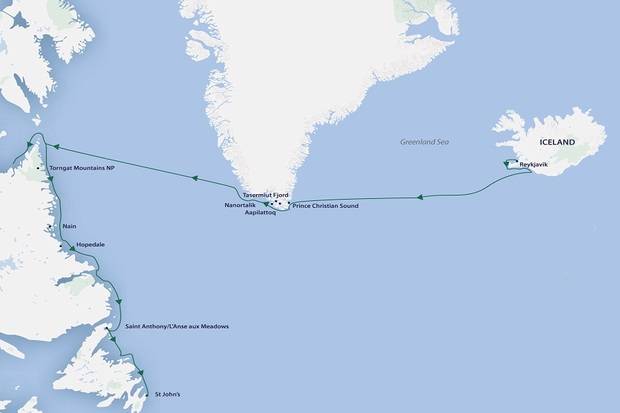
Day 1: Reykjavik, Iceland
In Reykjavik, make your own way to our group hotel. The remainder of the day is at leisure.
Day 2: Embarkation in Reykjavik
Drive to Thingvellir National Park, a historical area where the Icelandic Parliament was founded in the 10th century. After enjoying a walk amongst the unique landscape of Thingvellir, continue to Gullfoss, a magnificent waterfall, considered to be one of the most beautiful in Iceland before transferring to the pier to board the Greg Mortimer in the late afternoon.
Day 3: Westman Islands, Iceland
The Westman Islands are situated just off the south coast of Iceland. The main island, Heimaey, has a population of about 4,000. The islanders have made their living from the sea from the days of the first settlement and no port in Iceland registers bigger catches than here and the island has a wonderful buzzing atmosphere. Heimay’s main attractions are accessible on foot and you have the option of a guided walking tour including a visit to
Eldfell volcano; the other option is to discover the island in small groups by bus, introducing you to the main attractions of the island. We leave the perfectly-formed natural harbor area with its tall cliffs, which during Spring and Summer are inhabited by large numbers of puffins, fulmars and guillemot. We drive from the pier into the Herjólfsdalur valley, to see the ruins of old Viking houses dating back to 900 AD and visit a replica of the Viking house. You’ll continue along the western part of the island, where you’ll see outer islands, the youngest being Surtsey, born from a huge volcanic eruption starting in 1963. Afterwards, visit “Stórhöfði” (Great Cape), one of Earth’s windiest places, offering magnificent views over the island and to the majestic glaciers of the mainland such as Eyjafjallajökull. Returning to the harbour, the drive takes us between two volcanoes, the 5,000-year-old volcano “Helgafell” and the younger volcano “Eldfell” (“Mt. Fire”). We drive into town, passing the ruins of a house buried in lava from the eruption of 1973. Lastly, visit the Eldheimar museum that features specific exhibitions dedicated to the volcanic eruption that created Surtsey Island, a UNESCO world-heritage site. We plan to see Surtsey island on a special ship cruise, sailing past the cliffs surrounding the harbour passing bird colonies and exploring caves that can only be visited by boat; landings are not allowed on Surtsey Island. Westman Islands features one of the largest varieties of sea bird species in Iceland including puffins, gannet, and guillemot as well as other nesting sea birds, and although it’s late in the season, we hope to still see some of these bird colonies, albeit in reduced numbers. We may be lucky and catch site of whales, dolphins and porpoises. We then sail into Klettshellir (Cliff Cave) where a musical instrument is played on board. The acoustics in the cave provide a wonderfully unique lcelandic experience. We then return to the harbour to drop off our Icelandic captain before departing Iceland to sail to South Greenland.
Days 4-5: At Sea
As we cross the Greenland Sea, our series of informative onboard lectures continues. Enjoy presentations about volcanology and geothermal activity, Greenland’s massive ice sheet, as well as sea ice. Or simply get to know your expedition team and fellow travellers, enjoy a book you’ve been looking forward to reading, photograph soaring sea birds accompanying us, or treat yourself to a massage in the wellness centre. Autumn brings shorter days and when the sun goes down, look up. Chances are, you’ll see something to take your breath away – bright green ribbons of light dancing and swirling across the night sky. You’re in the zone of the Aurora Borealis – a natural phenomenon that occurs when electrically charged particles from solar flares enter the magnetic northern atmosphere. There is simply no grander or more spectacular light show on earth
Day 6: Prince Christian Sound, Southeast Greenland
We enter magnificent Prince Christian Sound - a famous channel in southern Greenland that enables a safe passage for the largest ships between the East Coast and South Coast. It separates the mainland from the southern archipelago and saves marine traffic from being exposed to the dangerous storms around Cape Farewell. The sound is named in honour of Prince Christian, later King Christian VIII of Denmark. Prince Christian Sound connects the Labrador Sea with the Irminger Sea. It is around 100 km (60 miles) long and can be as narrow as only 500 metres (1,600 ft) wide. The fjord is surrounded by steep mountains, reaching over 2,200 metres (7,200 ft) high. Many glaciers go straight into its waters where they calve icebergs. There is only one settlement along this sound, Aappilattoq, at the extreme western end. This waterway is one of the most historically rich sources of exploration history. It is almost certain that Erik the Red discovered this shortcut to the west coast, avoiding the usually dangerous passage around Egger Island, and that his colonising fleet passed through here in 986. It follows that all the voyages between Iceland and Greenland during the 500 years of settlement would most likely have taken this route. Arriving early morning, we enjoy a slow cruise through the sound enjoying the splendid scenery. There may be some icebergs at the entrance and in the sound – great for photography. If the ship can fit we might squeeze into Kangerdluk Fjord, a small offshoot to Prince Christian Sound, and to look at the glacier there. After lunch, we reach the most northern fjord, Kangersuneq Qinngorleq, a beautiful fjord that has a glacier front at the end, perfect for zodiac cruising and kayaking, weather-permitting. On our way through the southern part of the sound, we pass the
tiny settlement of Appilatoq, meaning red in Greenlandic, after the red mountain rising above it. The village is famed for the extraordinary sharp mountain peaks that surround it, a delight for photographers.
Day 7: Tasermiut Fjord, Klosterdal, Nanortalik, South Greenland
Tasermiut fjord is known as one of the most beautiful fjords in Greenland for its majestic mountains and lush valleys. Arriving in the early morning at Klosterdal (Monastery Valley), we find ourselves amongst the three giant mountains of the area: Napasorsuaq, Ketil, and Nalumasortoq, which is approximately 2,051 metres high (6,729 ft.). We go ashore for a walk to see if we can find the Norse ruin, hike into the valley, or explore the area by kayak. We continue sailing through the fjord towards Nanortalik, the southernmost town in Greenland, located on an island of the same name. Its name derives from the West Greenlandic word ‘Nanoq’ meaning ‘The Place Where Bears Pass Through’. In the old days bears would drift past on sea ice washed around by the current from East Greenland. The area is somewhat unique in Greenland, with a landscape unlike other areas in the country. The route in amongst the islands is suitable for medium-sized vessels. There are deep fjords and, small woodlands and grasslands, and rugged mountainside cliffs. One is a 1,000 metre (3,280 ft.) cliff rising from the waters of the fjord and is popular with international climbers. On arrival, you’ll receive a very special warm welcome from the community who have opened up their town for you to explore. Visit Nanortalik Church, a wooden, Danish Lutheran church built in 1916 and is currently the only church serving the Nanortalik congregation. The church is located in the old colonial quarter of the town. It is deemed culturally significant and has enjoyed protected status since 2004. Located next to the church is a landmark boulder called the Knud Rasmussen Stone. It is named after Greenland’s most famous citizen Dr Knud Rasmussen, an explorer and ethnologist who created the field of Eskimology. He led several long and difficult ethnographic expeditions across the Arctic and was the first person to traverse the Northwest Passage, sledging through winter. The Nanortalik Museum’s exhibits are spread across several different buildings and feature summer tents, kayaks and a rarity, the oldest umiaq or cargo boat, ever discovered. The boat dates back to 1440 and was found in 1948 by Danish polar explorer, Eigil Knuth.culturally significant and has enjoyed protected status since 2004. Located next to the church is a landmark boulder called the Knud Rasmussen Stone. It is named after Greenland’s most famous citizen Dr Knud Rasmussen, an explorer and ethnologist who created the field of Eskimology. He led several long and difficult ethnographic expeditions across the Arctic and was the first person to traverse the Northwest Passage, sledging through winter. The Nanortalik Museum’s exhibits are spread across several different buildings and feature summer tents, kayaks and a rarity, the oldest umiaq or cargo boat, ever discovered. The boat dates back to 1440 and was found in 1948 by Danish polar explorer, Eigil Knuth.
Day 8: Narsarsuaq and Uunartoq, South Greenland
Narsarsuaq offers easy walks, which include Norse ruins, Inuit graves, and old farm houses. Paddlers may also have the opportunity to explore the little peninsular on kayaks. Uunartoq island is located halfway between Qaqortoq and Nanortalik. Hot springs are abundant in South and West Greenland, but Uunartoq island is home to the only hot springs in the country that are warm enough to bathe in. What’s unique about Uunartoq is that the hot springs are in a completely natural environment in the middle of a grassy field. People have appreciated Uunartoq’s remedial springs for more than 1,000 years and now you can too. Aside from soaking in the thermal springs, there are plenty of opportunities to explore the remnants of 500 years of different building styles and communal graves in the area.
Day 9: Hvalsey Church Ruin and Qaqortoq, South Greenland
Hvalsey Church is the best-preserved Norse ruin in Greenland. ‘Hvalsey’ is old Norse for Whale Island. Christianity arrived in Greenland around 1,000 and gradually churches began to be built. Hvalsey itself was built in the early 14th century, but it was not the first church built on this site. The overall Hvalsey site comprises farm and church buildings. The church might have been built by Scots-Norse stonemasons, as similar structures are found in Norway and Orkney. After exploring Hvalsey ruins, we continue to Qaqortoq, where our Zodiacs take us ashore. Qaqortoq is the capital of South Greenland, and the town offers many cultural activities and just walking around, you will experience the “Man and Stone” art project, designed to transform the town into an open-air art gallery. Other activities may include a walking tour guided by local students, watch a kayak performance, sample local delicacies, or simply stroll around the picturesque lake.
Days 10-11: St Sea
After a busy first week, enjoy some down time to attend informative and entertaining lectures ahead of our arrival into Canada’s spectacular and remote East Coast. Our team of experts may present on the incredible geology or the rich wildlife found in the Torngat Mountains National Park.
Day 12: George River (Kangiqsualujjuaq), Newfoundland, East Coast Canada
Kangiqsualujjuaq (George River) is the easternmost village of Nunavik region in Quebec province. For adventure and nature lovers, the surroundings of Kangiqsualujjuaq are full of natural attractions and common wildlife found of the area include Caribou, black bear, fox and wolf. About 100 km to the east of Kangiqsualujjuaq are the Torngat Mountains. We are privileged to visit Kangiqsualujjuaq community, where you will meet with friendly locals who are proud to show you their home and introduce you to the distinctive characteristics of their cultural and linguistic heritage, art and stories. Discover the splendid Autumn tundra on a short hike. The world’s largest caribou herds roam freely in Nunavik.
Days 13-14: Torngat Mountains National Park, Newfoundland & Labrador, East Coast Canada
Torngat Mountains National Park is a mysteriously beautiful landscape reminiscent of Earth a million years ago. It takes its name from the Inuktitut word ‘Tongait’, meaning place of spirits. It is 9,700 square kilometres of spectacular wilderness, a land of mountains and polar bears, small glaciers, and caribou, where the Inuit hunt, fish, and travel, as their predecessors did for thousands of years.The Torngat Mountains are also home to some rock formations about 3.92 billion years old, making them the second oldest in the world!
Over the next two days, we’ll explore the deep fjords and channels by ship, Zodiac cruising through some of the most spectacular and dramatic landscapes found anywhere in the world, and getting out for hikes, searching for wildlife, visiting archaeological sites. Weather conditions and tides will determine our itinerary and landings during our time exploring Torngat Mountains National Park. We may sail through Overstock Trips Channel or Nachvak Fjord, a deep and narrow fjord stretching more than 20 kilometres with rocky walls of the fjord soaring almost 900 metre above us at several points. Around the southern part of the national park in places such as Saglek Fjord, we’ll attempt look for polar bears roaming the rocky shores of the outlying islands of the park on their hunt for food.
Autumn brings shorter days and when the sun goes down, look up. Chances are, you’ll see something to take your breath away – bright green ribbons of light dancing and swirling across the night sky. You are in the zone of the Aurora Borealis. Brilliant, exhilarating and utterly unforgettable, the Northern Lights are the crowning glory to the dramatically beautiful Torngats.
Day 15: At Sea
As we sail south to Nain, our onboard lecture series continues and you’ll learn about the history of Moravian missionaries as we sail south to Nain. Spend your free time catching up on editing photos and relaxing in the various public areas, stay active in the fitness centre or unwind in the wellness centre.
Day 16: Nain, Canada
Nain is the northernmost and largest community in Nunatsiavut. Nain was an important outpost for the missionizing efforts of the Moravians. Beautiful artefacts and buildings built by the Moravians remain in the community to this day. You may remember from the lecture that Moravian missions were established by the Moravian United Brotherhood and operated between 1733 and 1900. The Moravians, originally from Bohemia, were Roman Catholic
missionaries operating in a country that had been Lutheran since King Christian III formally decreed the change in 1536. These missions are historically and culturally significant, firstly because they tried to convert people using a belief system that conflicted with the official religion of Denmark and divided Inuit into two opposed religions. The missions funded their operations from trade of local products in ways that exploited local hunters and maintained a
European hierarchical structure that was biased against the local Inuit. The Moravian Church's missions in Greenland were created by Count Zinzendorf, and after a settling-in period, were very successful. In 1747 the United Brotherhood delivered the timber and erected the first Moravian church. In smaller groups accompanied by local guides, you will be taken on a walking tour visiting the town’s key sites including the Moravian church; Torngat Arts and Crafts Gift Shop; Illusuak Cultural Centre and perhaps see a demonstration of stone carving by a local carver. Time-permitting, there may be an option for a hike to Mount Sophie, up to two hours roundtrip. A local Inuit bear guard will accompany the walk as you are leaving town limits and bears frequent the area.
Day 17: Hopedale, Canada
Located in the heart of Nunatsiavut, Hopedale is the legislative capital of the Nunatsiavut Government. Originally known by its Inuktitut name Arvertok, which translates to “the place of whales”, the community was renamed Hopedale by Moravian Missionaries arriving from Germany in 1782. Today, there remains an incredible legacy of structures and artefacts from the Moravians in Hopedale. Some of the oldest wooden-framed buildings in Canada still stand in Hopedale. Take a walk through the Nunatsiavut Assembly Building and learn about the local labradorite and seal skin materials found throughout. Browse through the Moravian Mission Museum Interpretation Centre to view three storeys of artefacts and written materials collected since the late 1700’s.
Day 18: Battle Harbour, Canada
Battle Harbour is a restored, 19th-century fishing village on a small island in the Labrador Sea. Regarded by generations as the unofficial capital of Labrador, it was once the salt fish capital of the world and also a government centre bringing medicine and supplies to Indigenous communities to the north. Welcome to a place without power lines or cell towers, without cars or paved roads, you can walk footpaths worn by fishermen and merchants centuries ago. Spend a few hours in Battle Harbour exploring the buildings and walking the trails on this island with local, knowledgeable hosts. Hiking the island reveals its Arctic vegetation and rock formations. In this sub-Arctic region, the dark Autumn night sky is full of bright, gigantic stars occasionally joined by the northern lights.
Day 19: L'Anse aux Meadows, Canada
L’Anse aux Meadows National Historic Site contains the excavated remains of a complete 11th-century Viking settlement, the earliest evidence of Europeans in North America. This and subsequent archaeological discoveries proved Leif Erickson and crews of Norse explorers settled here in Newfoundland and Labrador (or Vinland as they called it). L’Anse aux Meadows was declared a UNESCO World Heritage Site in 1978 and is the first authenticated Norse settlement in North America. Wander the new world home of Leif Ericson and learn about the sagas and technologies of the Norse that explored North America over 10 centuries ago.
On today’s other shore excursion, learn the fascinating story of Dr. Wilfred Grenfell, a young English doctor renowned for bringing medicine and education to the Inuit and poor European settlers along the harsh Labrador Coast.
Day 20: Twilingate, Canada
Twillingate is known as the “Iceberg Capital of The World” because of the many icebergs that flow past its shores from Greenland in early spring and summer. Twillingate offers many features and attractions that Newfoundland and Labrador outports are famous for: stunning coastline, and historical and picturesque streets. Our shore excursions today will use local guides and school buses (Long Point Hike option available) to travel between the region’s most popular attractions: the Auk Island Winery, the Prime Berth, the Long Point Lighthouse and the Twillingate Museum.
Day 21: St John's, Canada
After a leisurely breakfast, bid your fellow travellers, new friends and expedition team a fond farewell before disembarking in St. John’s. Since 1497, explorers, adventurers, pirates and all manner of seafarers have found their way into the spectacular harbour of St John’s. A legendary seaport on the edge of the continent with a rich 500-year seafaring history. St. John’s is North America’s oldest European-settled city and is the capital of Newfoundland and a place well worth spending a few days at the end of your voyage. Wander the colourful Victorian streets with plenty of heritage shops, boutiques, art galleries, fine restaurants, bistros, and pubs – just steps from dockside.
| Dates | Cabin | From | Special Offer |
|---|---|---|---|
| 23 Sep 2020 - 13 Oct 2020 | USD $10795pp | Save 15%! | |
| Aurora Triple Stateroom | USD $11200pp | Contact us | |
| Aurora Twin Stateroom | USD $10795pp | Save 15%! | |
| Balcony Stateroom (C) | USD $14365pp | Save 15%! | |
| Balcony Stateroom (B) | USD $14620pp | Save 15%! | |
| Balcony Stateroom (A) | USD $14960pp | Save 15%! | |
| Balcony Suite | USD $20145pp | Save 15%! | |
| Junior Suite | USD $23715pp | Save 15%! | |
| Captain's Suite | USD $27285pp | Save 15%! | |
**Prices are per person based on twin / shared accommodation.
**Single supplements may apply
Cabin Details
Aurora Triple Stateroom
21.4 - 22.8sqm, located on deck 3, 3 single beds, private en-suite bathroom, porthole window, desk area, closet, room-controlled thermostat & 42" flat screen TV.
*Please note the Aurora Stateroom (Triple) cabins are only available on certain departures.
Aurora Twin Stateroom
15.8 - 22.8sqm, located on deck 3, 2 single beds, private en-suite bathroom, porthole window, desk area, closet space, room-controlled thermostat, safe & 42" flat-screen TV.
Balcony Stateroom (C)
20.9 - 24.8sqm (cabin + balcony), located on deck 4 & 6, twin or double bedding, private en-suite bathroom, floor to ceiling window, desk space, closet space, private balcony, room-controlled thermostat, safe & 42" flat screen TV.
Balcony Stateroom (B)
Standard Balcony Stateroom
23.6 - 24.8sqm (cabin + balcony), located on deck 4 & 6 (fore and aft), twin or double bedding, private en-suite bathroom, floor to ceiling window, desk area, closet space, private balcony, room-controlled thermostat, safe & 42" flat screen TV.
* Many fitted with interconnecting features making them great for families or groups.
Balcony Stateroom (A)
Premium and most abundant Balcony Stateroom
24.1 - 31.3sqm (cabin + balcony), located on deck 4 & 6 (close to internal stairs/elevator), twin or double bedding, private en-suite bathroom, floor to ceiling window, desk area, closet space, private balcony, room-controlled thermostat, safe & 42" flat screen TV.
Balcony Suite
30.5 - 40.2sqm (cabin + balcony), located on deck 4, twin or double bedding, private en-suite bathroom, full size window, desk area, closet space, private balcony, room-controlled thermostat, safe & 42" flat screen TV.
Benefits:
- One free pair of binoculars per suite
- One free bottle of champagne per suite and free stocked mini bar (stocked once only)
- 1-hour massage or facial treatment per person
- Gratuities/tips for crew included - to the value of USD$15 per person per day
Junior Suite
38.9sqm (cabin + balcony), located on deck 7, twin or double bedding, private en-suite bathroom, full size window, desk area, closet space, private balcony, room-controlled thermostat, safe, 42" flat screen TV & separate lounge area.
Benefits:
- One free pair of binoculars per suite
- One free bottle of champagne per suite and free stocked mini bar (stocked once only)
- 1-hour massage or facial treatment per person
- Gratuities/tips for crew included - to the value of USD$15 per person per day
Captain's Suite
44.5sqm (cabin + balcony), located on deck 4, twin or double bedding, private en-suite bathroom, full size window, desk area, closet space, private balcony, room-controlled thermostat, safe, 42" flat screen TV & separate lounge area.
Benefits:
- One free pair of binoculars per suite
- One free bottle of champagne per suite and free stocked mini bar (replenished as needed)
- 1-hour massage or facial treatment per person
- Gratuities/tips for crew included - to the value of USD$15 per person per day
Greg Mortimer Deckplan
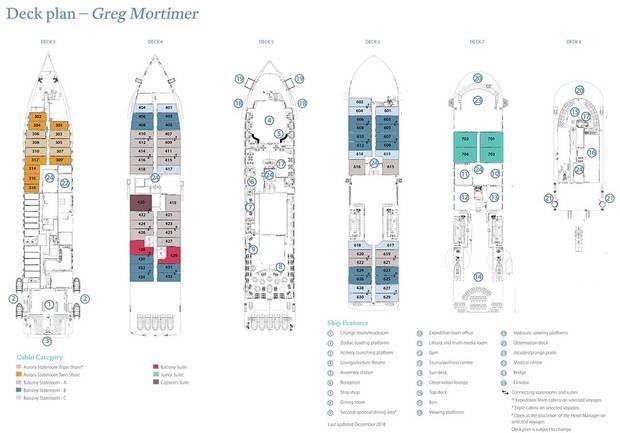
Specifications
- Capacity (Antarctica): 120
- European Arctic: 120 (excluding ‘Inuit Arctic & Beyond’ which accommodates up to 160 passengers)
- Americas: Up to 160
- Expedition team: 14-24
- Hotel team: 47-56
- Deck and Engine crew: 24
- Cabins: 79
- Decks: 8
- Year built: to be completed in 2019
- Length: 104.4m
- Breadth: 18.2 metres
- Draught: 5.3 metres
- Cruising speed: 12 knots
- Full speed: 15.5 knots
- Gross tonnage: 7400
- Registry: Bahamas
- Voltage: 220V, 50Hz AC. European round, two pin plug
Whats included?
- Onboard accommodation during voyage including daily cabin service
- All meals, snacks, tea and coffee during voyage
- Beer, house wine and soft drinks with dinner
- Captain’s Welcome and Farewell reception including four-course dinner, house cocktails, house beer and wine, non-alcoholic beverages
- All shore excursions and Zodiac cruises
- Educational lectures and guiding services from expedition team
- Access to our onboard doctor and basic medical services
- A 3-in-1 waterproof polar expedition jacket
- Complimentary use of muck boots during the voyage
- Comprehensive pre-departure information
- A printed photo book produced with photos from your voyage
- Port surcharges, permits and landing fees
What’s not included?
- International or domestic flights, unless specified
- Transfers not mentioned in the itinerary
- Airport arrival or departure taxes
- Passport, visa, reciprocity fees and vaccination charges
- Travel insurance or emergency evacuation charges
- Hotels and meals not included in itinerary
- Optional excursions not included in the itinerary
- Optional activity surcharges
- All items of a personal nature including but not limited to: alcoholic beverages and soft drinks (except during dinner), laundry services, personal clothing, medical expenses, gratuities, Wi-Fi, email, or phone charges
Notes
*Optional activities
- Sea kayaking: AU$1200 per person

